'Contraction & Convergence' (C&C) Endorsements (Publications)
 Click logo to return to 'links-page'
Click logo to return to 'links-page'
C&C endorsements in a range of Publications
Back to endorsements archive by category
Contraction and Convergence is the major proposal based on egalitarianism. Developed by the Global Commons Institute, it proposes that all countries should move, over a period of time, towards equal per capita emissions, with total emission levels contracting and per capita emissions converging at a safe level. The model is flexible as to the time-frame and final emission level and potentially allows national circumstances to be taken into account.
Climate Policy
Elsevier

Climate change ‘for a crowded planet’ Jeffrey Sachs
"A Contraction and Convergence Plan" NATURE Magazine
Development economist Jeffrey Sachs, famous for the economic turnarounds he’s helped engineer as an advisor to Latin American and Eastern European governments, is also known for his optimism that the living standards of the world’s poorest can be raised much higher without sacrificing either the wealth of the industrialized world or crucial natural resources. But among analysts of global change, optimism is relative. “I believe that there is most likely a path of sustainable development, but we can’t quite be sure,” Sachs told a sold-out lecture hall at the London Zoo last night. “It’s a question mark.”
Sachs spoke on big themes from his new book Common Wealth: Economics for a Crowded Planet, notably the need for expansion beyond market-based thinking to face problems not dreamt of in Adam Smith’s philosophy. Before and after this rousing overview (if you’d bet ahead of time that Sachs would quote John F. Kennedy at length, you’d have won), I had the chance to get some nittier, grittier details on how Sachs wants to deal with climate change.
More and better government investment in foreign aid and green tech is the number-one key for Sachs 'only the US presidential turnover seemed to run a close second, and cap-and-trading was off in the distance. So he didn’t hesitate to offer a laundry list of projects that he thinks need much more political commitment 'among them carbon capture and storage, passively heated and cooled green buildings, and super duper climate computers.
Technological solutions often raise ownership problems, though. If, for example, the agrobiotech industry produces new ‘climate-proof’ crop varieties that survive floods and droughts 'an innovation Sachs welcomed at a recent climate modelling summit 'can the developing world afford to buy the seeds?
“One of the things we’ve learned from the battle over access to anti-retroviral medicines,” Sachs said 'and this was a battle he himself fought '“is that it’s possible to create hybrid systems where you have intellectual property rights applied mainly in the high-income markets and you have access at the cost of production, or on a no-profit basis, in the poor countries.”
In the case of African food shortages, he added, simple, readily available remedies like chemical fertilizers and high-yield non-GMO crops had been “sitting on the shelf” until the global food price crisis grabbed headlines. We shouldn’t have to wait for disasters before we take the equivalent action on climate change, he said.
What about politics? Since Sachs’s talk didn’t go much beyond sighing relief at Bush’s departure, I asked him afterward about his hopes for the upcoming G8 conference in July. More dubious optimism here: “There are a lot of things I’d hope for. That doesn’t mean I’m expecting much to happen.”
Honoring commitments to monetary aid and technology transfer is the first step, he told me. To get a global climate agreement out of the UN process, he also thinks we need to start by welcoming the economic growth of rapidly developing nations like China and India. “That’s the icebreaker on this first date,” he said. From that viewpoint, country-specific emissions targets can be set that correspond to growth along the greenest possible paths.
By 2050, he explained, that might mean that the North cuts its greenhouse emissions by 80% while India’s emissions are allowed to double ' a contraction-and-convergence plan. Because China and India have even more to fear from climate change than does the wealthier world, he said, it’s an ultimatum they’ll have to accept: “You’re going to develop. But you’re going to do it with the best technology.”
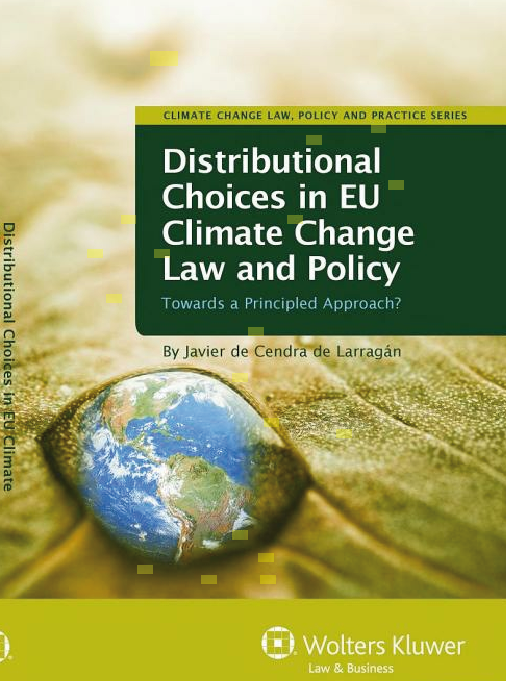
Developing countries are adamant in asking developed countries to provide them with substantial funding for their climate change mitigation and adaptation policies. If this would happen, it would provide additional support to developing countries and help make a gradual shift to equal per capita al locations defendable'. The EU Council has noted that in the long term global per capita emissions will need to converge at around 2 tons per capita. Â Hence, the position of the EU resembles to some extent the Contraction and Convergence approach, which requires long-term convergence of per capita emissions, while affording countries with per capita emissions below the global average the right to increase further their emissions before decreasing them to reach the required global average. Equity in this approach is achieved mainly through the convergence rate and the timeline for global convergence and through funding from developed to developing countries to reduce their BAU increase in emissions before committing to absolute reductions. So the EU approach seems to go some way towards meeting the expectations of developing countries in this regard. However, the EU approach does not completely reflect the spirit of contraction & convergence. This is in the first place because the EU rejects the equal per capita dimension upon which C&C is founded. While the EU position would lead to some global redistribution of public funds, it would fall short of the large redistributions that would be required under the equal per capita approach. Second, while equal per capita allocation and contraction and convergence would give rise to an unconditioned redistribution, the EU position favours a conditional redistribution subject to developing countries adopting robust and verifiable low-carbon development strategies.
Distributional Choices in EU Climate Change Law and Policy: Towards a Principled Approach
Javier De Cendra de Larragan
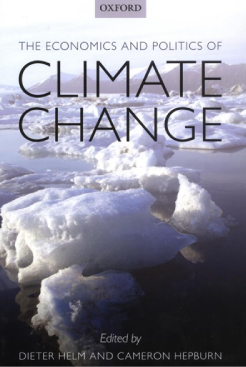
Somewhat more realistically, Contraction and Convergence scheme proposes national emissions quotas would start from current levels and very slowly converge - over several decades - to being proportional to population.
The Economics and Politics of Climate Change [Hardcover]
Dieter Helm (Editor), Cameron Hepburn
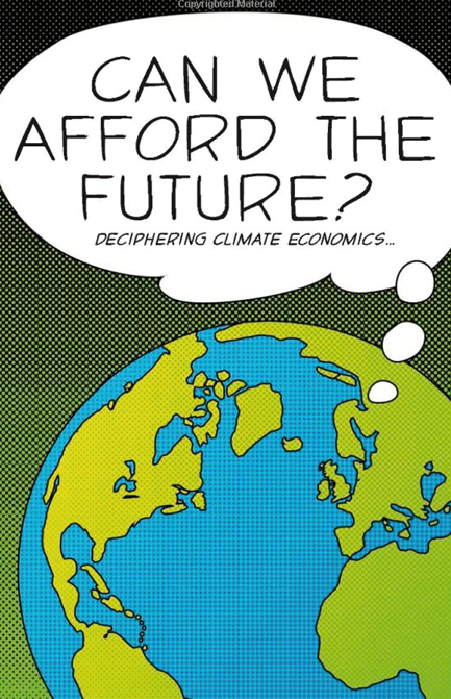
One widely discussed idea is contraction and convergence (C&C).
Can We Afford the Future?
The Economics of a Warming World (The New Economics): Deciphering Climate Economics
Frank Ackerman
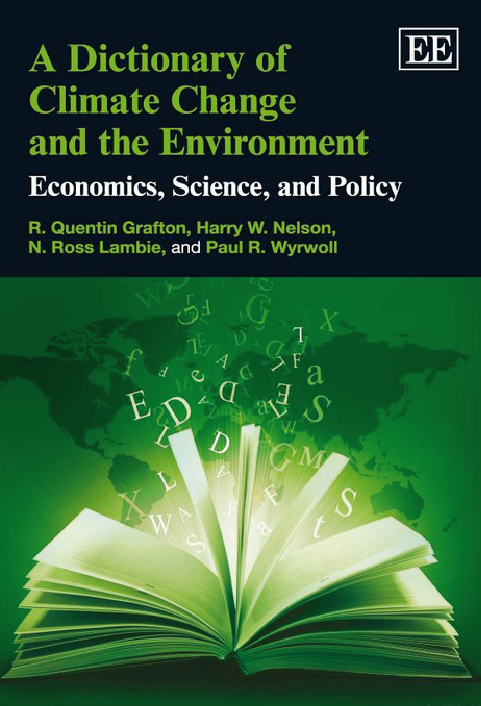
Contraction and Convergence. A proposed framework for international climate policy. Under this proposal an overall target for global carbon emissions would be set and national per capita emissions would converge to an equal level across time, in accordance with the global goal.
A Dictionary of Climate Change and the Environment
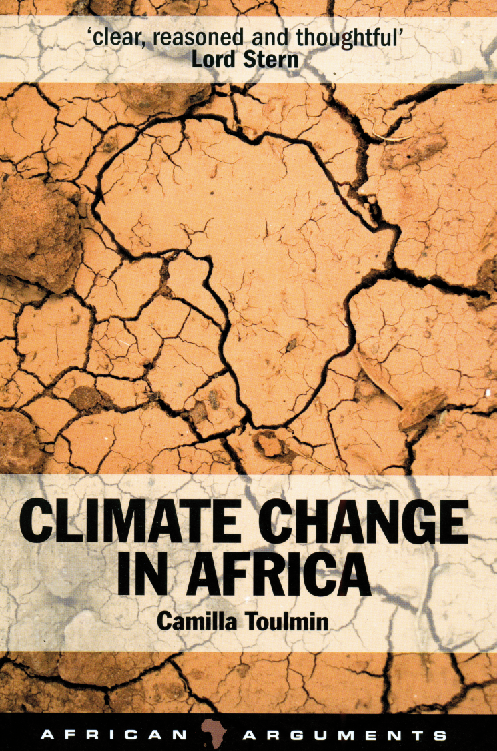
It is now clear that the scarcest resource is the capacity of our atmosphere to continue to absorb the growing volume of CO2 and other GHG that we generate. How should we allocate this scarce resource? Should it be on the basis of where we are now, which confirms the status quo and the associated power of the big polluters? Or should we opt for a fairer, more radical approach, in which all people around the world are deemed to have an equal stake in the atmosphere, and hence rights in and responsibilities for the future of our planet? This is the key principle underlying 'Contraction and Convergence' proposals for managing global warming. In the current global setting, is it better to pitch high for an equity-based solution, or go for the second best, which is more in tune with the current power balance?
The political philosopher John Rawls outlined a theory of distributive justice, which sought to promote 'justice as fairness'. He argued that people are likely to develop the ideal set of rules and institutions if they start from a point where no rules currently exist - a situation Rawls calls the 'original position' - and with the goal that any new rules are based on equal basic liberties for all. The rules will also be fairest if they are drafted by people acting as though they are behind a 'veil of ignorance' and do not yet know where they will be in the future economic and political hierarchy. Rawls's hypothesis is that by applying these principles, people are likely to construct a society based on rules that deliver the best possible outcome for everyone.
Climate Change In Africa
Camilla Toulmin IIED
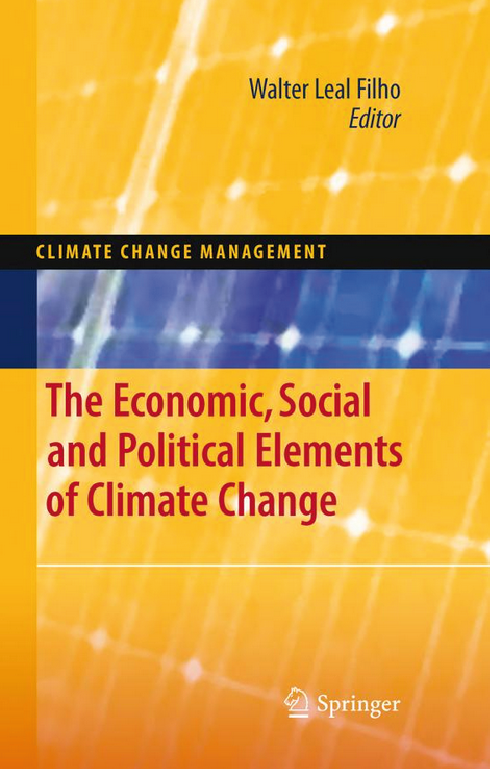
Embracing Historical Obligation
Taking an ecological citizenship approach will have a larger effect, however, beyond simply requiring historical emitters to fund their historical damage: this approach shifts the conversation about the nature of these payments away from the current benevolent "aid" discourse, and creates an obligation from the north to the south for "damages", instead of forcing the south to continue to beg for aid. This shift will help eliminate the superior norther perspective of the south as a cheap resource and easy market, essentially creating an equity that is non-existent today. Proponents of Contraction and Convergence (Global Commons Institute 2009) argue that, as the world is forced to contract its use of fossil fuels, the west should have to contract more in order to converge at a common global per cap emission rate, "Accelerating convergence to equal shares per head, relative to the global rate of contraction is the constitutional way of solving the climate's opponunity cost to developing countries while sharing future constraint at rates that avoid dangerous climate change.
The Economic, Social and Political Elements of Climate Change
Walter Leal Filho
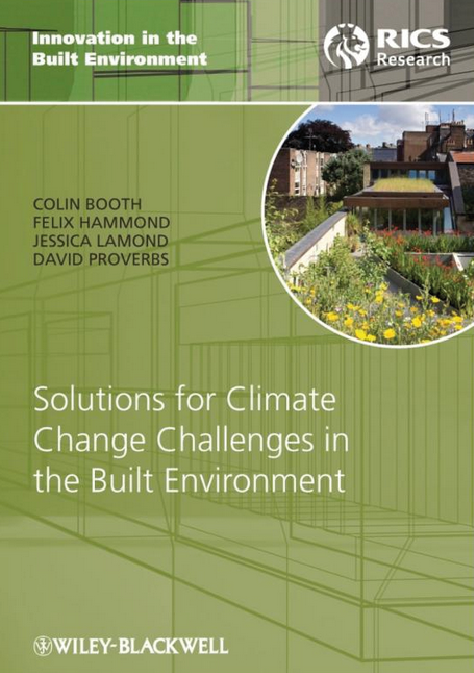
If we are to mitigate the effects of climate change, we need a rapid reduction in our prodution of greenhouse gases. Through the IPCC, attempts are being made to do this (e,g. Copenhagcn 2009 and Kyoto 1997). Unfortunately, such reductions only include the developed world and the targets set have been small compared to what the climate science indicates is needed.
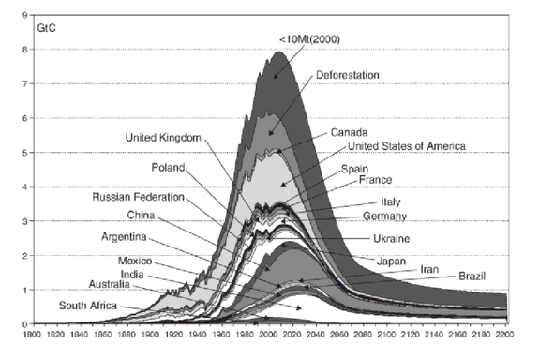
Figure 23.1 shows the scale of the problem with most developed countries needing to cut their emissions by 80% or more. Figure 23 .1 was created under the assumptions of Contraction and Convergence. This approach starts by setting a maximum safe atmospheric concentration for carbon dioxide, then estimates what level of global emissions gives rise to this, then apportions this to each country based on its population. Countries that currently produce more than this (largely the developed world) can buy the right to emit more from those that emit less than their quota (largely the developing world). Over time the total right to emit would be reduced until the safe level of emissions is reached Contraction and Convergence is seen by many as the only ethically sound way of selling reduction targets that have a reasonable chance of gaining support from the world community.
In order to make the required reductions we will have to simultaneously reduce the amount of energy we use to achieve a set goal (e.g. keeping a building at a particular temperature), and decarbonise our energy production (i.e. increase the use of renewable energy). In the following we look at the plethora of renewable sources we can access. In Chapter 13 we saw how emissions can be reduced through energy efficiency, or the climate directly engineered. Chapter 13 also presented one of many possible combinations of changes to our energy supply that has the potential to make major carbon savings, together with an example abatement curve. Figure 23.1 Contraction and convergence time series (produced with software freely available from the Global Commons website).
Solutions for Climate Change Challenges in the Built Environment
Colin Booth, Felix N. Hammond, Jessica Lamond, David G. Proverbs